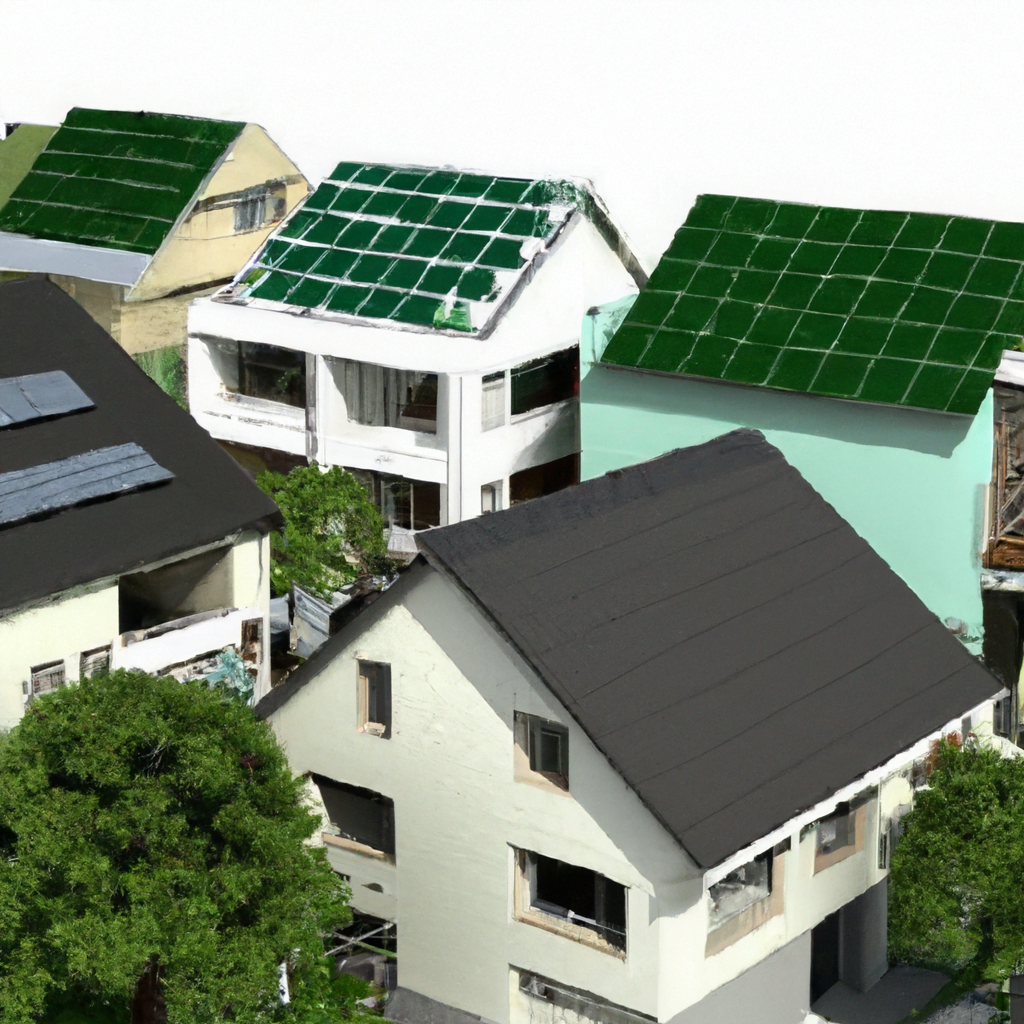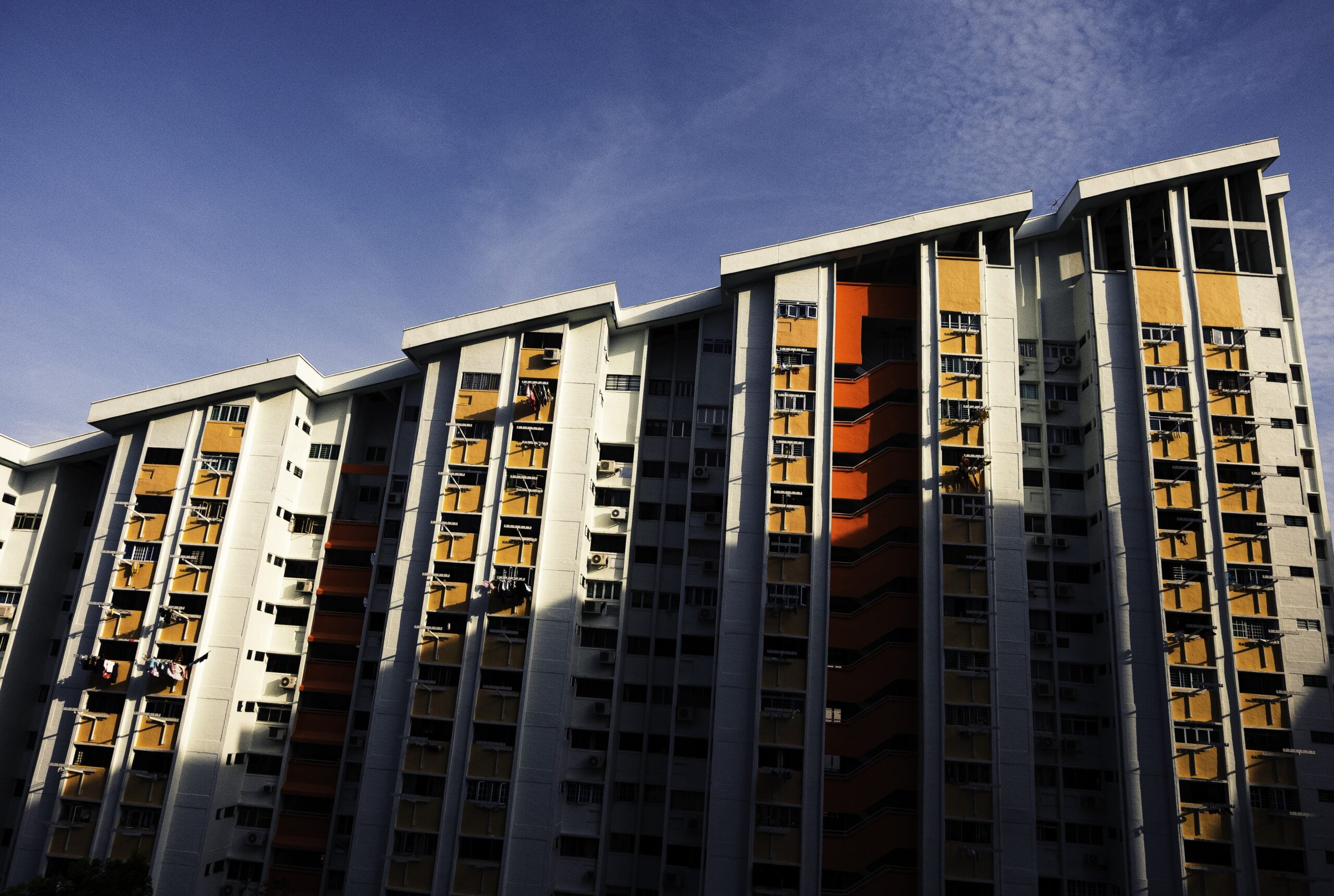In the article, “Creating Sustainable and Inclusive Communities Through Affordable Housing Design,” you’ll find an engaging exchange of ideas and strategies that are being used in the realm of Egypt’s real estate to craft affordable housing, keeping sustainability and inclusivity at the forefront. Focused particularly on community planning, the feature sheds light on how designers are intelligently integrating community facilities and amenities within these economically accessible home designs. This innovative approach is not just redefining the perception of affordable housing in Egypt, but also nurturing a sense of community and social integration, thereby leading to a more sustainable and inclusive living environment.
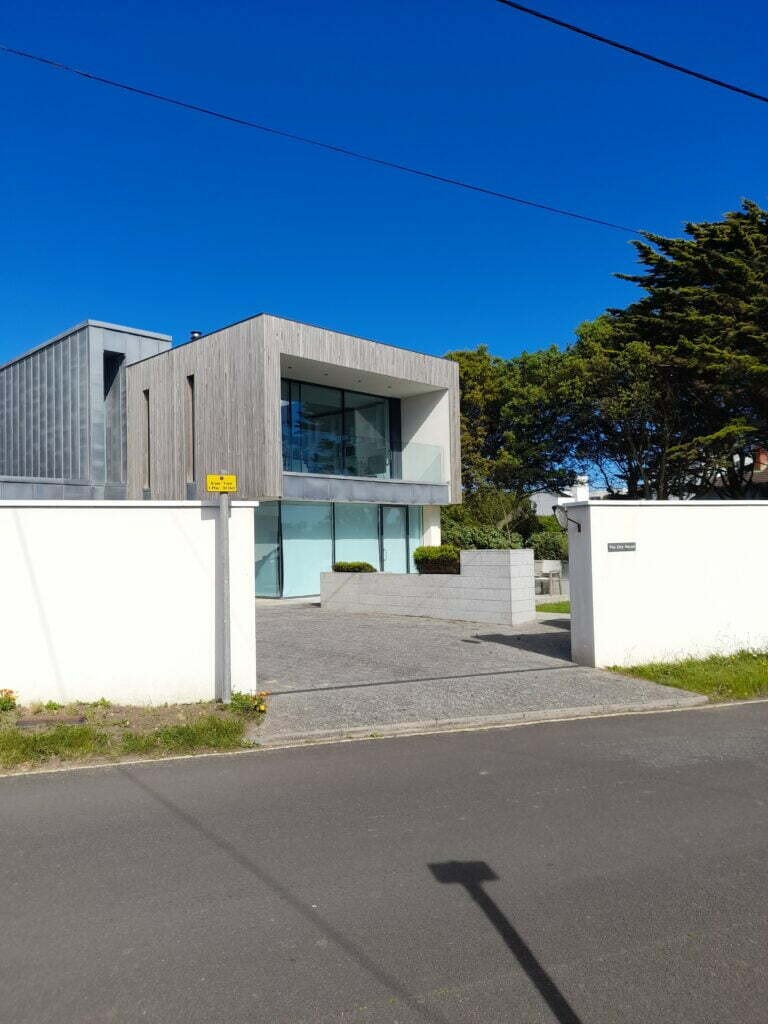
Understanding the Concept of Affordable Housing
Affordable housing is more than just an economical solution. It is about offering quality living spaces that cater to various income levels. The goal is to make adequate housing within an affordable budget a reachable reality for all. In essence, affordable housing alleviates economic disparities and contributes to a balanced, vibrant community.
Current State of Affordable Housing in Egypt
In Egypt, the need for affordable housing is continuously increasing due to an escalating population and urban migration. Although the government has initiated several projects and policies to address this need, access to affordable, good quality housing remains a challenge for many Egyptians, particularly those with low and average incomes.
Role of Affordable Housing in Building Communities
Affordable housing plays a pivotal role in building more inclusive communities. It gives a chance for everyone, regardless of their income, to have a safe and secure place to live. It creates diversity within the neighborhood, enriches the social fabric, and fosters a sense of belonging amongst its residents.
Role of Sustainable Design in Affordable Housing
Sustainable design connotes architectural decisions that consider environmental implications, aiming to reduce the harmful impact on our planet. When applied to affordable housing, it can optimize energy use, minimize waste, and maximize longevity of the structures whilst preserving affordability.
Understanding Sustainable Design
Sustainable design incorporates strategies that reduce the ecological footprint of built environments. It heavily emphasizes on the efficient use of resources such as water, energy and materials. The main goal is to create healthier living spaces that improve residents’ quality of life and, simultaneously, protect the environment.
Benefits of Applying Sustainable Design in Affordable Housing
Sustainable design in affordable housing offers a myriad of benefits. It significantly reduces utility bills, promotes healthier living conditions, and enhances the overall quality of life. Importantly, by integrating green elements, it contributes to environmental conservation and economic sustainability.
The Interplay Between Affordability and Sustainability
A common misconception is that affordable and sustainable housing are mutually exclusive. However, the interplay between affordability and sustainability is crucial in creating housing solutions that are not only accessible but also environmentally responsible.
Balancing Cost and Sustainability
Although the initial costs of sustainable features may be high, the long-term savings in energy and maintenance costs make it a financially viable option in the affordable housing sector. The emphasis should be on achieving a balance that ensures sustainability without compromising affordability.
Case Studies of Sustainable and Affordable Housing in Egypt
Several projects in Egypt testify to the feasibility of affordable and sustainable housing. For instance, the community-based housing project in Alexandria adopts energy-saving measures and green spaces, proving it possible to create a cost-effective and sustainable housing model.
Community Planning and Affordable Housing
Community planning plays a vital role in conceptualizing affordable housing projects that cater to diverse housing needs.
Role of Community Planning in Affordable Housing
Community planning ensures that residential developments are integrated with essential community amenities like schools, markets, and parks. This not only enhances the livability of affordable housing but also fosters social cohesion and interaction.
Inclusion of Amenities and Facilities in Housing Planning
Incorporating amenities and facilities in the design of affordable housing projects influences the well-being and quality of life of residents. These integrative elements foster community interaction and enhance dwelling satisfaction, contributing to a sense of belonging and overall communal harmony.
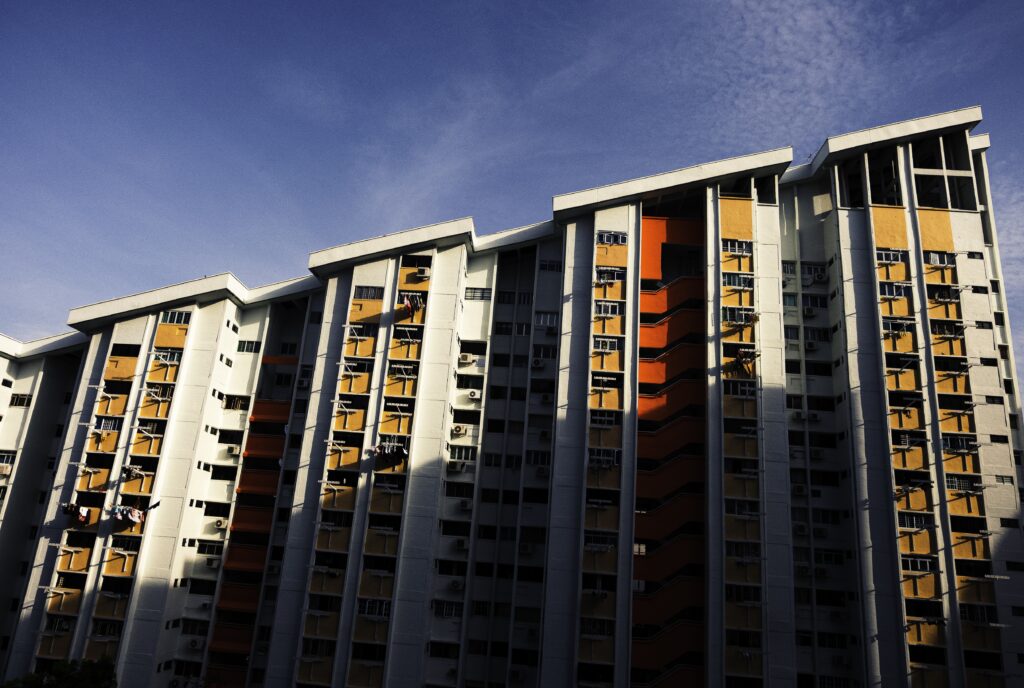
Design Principles for Sustainable and Affordable Housing
Sustainable and affordable housing require key design principles to ensure they are cost-effective, efficient, and environmentally friendly.
Incorporating Energy Efficiency
Energy-efficient features such as passive solar design, insulation, and energy-saving appliances can remarkably reduce energy consumption, lower utility bills, and promote an eco-friendly lifestyle.
Optimization of Space and Resources
Optimal use of space can make small housing units feel spacious and comfortable. Clever design and smart utilization of resources can lead to improved functionality, enhanced comfort, and even increased satisfaction among residents.
Adopting Local and Sustainable Materials
Use of local, sustainable materials in the construction of affordable housing helps reduce environmental impact, lower transportation costs, and promotes local economies. In addition, these materials often require less maintenance, further contributing to affordability.
Inclusion and Equality in Affordable Housing Design
Affordable housing should envisage inclusion and equality at the core of their design principles, making homes accessible and suitable for all regardless of age, physical ability or financial status.
Ensuring Equitable Accessibility
Designing housing units with features that cater to various abilities and age groups ensures that everyone can safely and comfortably use their environment.
Addressing Varied Needs of the Community
Every community has diverse needs and preferences. Inclusive housing design respects these differences and creates spaces that cater to individual needs and lifestyles, thus promoting a sense of belonging and community.

Innovative Architecture and Design for Affordable Housing
Innovation and creativity can revolutionize affordable housing. Such interventions can facilitate more effective utilization of space, enhance livability, and eventually improve residents’ quality of life.
Revolutionizing Infrastructure with Innovation
Innovative strategies can radically improve the way affordable housing is designed and built, from efficient use of space to integrating renewable energy sources. This can result in a more comfortable, sustainable, and cost-effective living environment.
Design Strategies for Enhancing Livability
Adopting design strategies like natural ventilation, ample lighting, and access to green spaces can significantly improve the livability of affordable housing units. These strategies not only create healthier homes but also foster happier, more cohesive communities.
Governmental Role and Policy in Affordable Housing
Housing policies play a crucial role in the planning and implementation of affordable housing. The government has the capacity to drive change and facilitate affordable, inclusive housing solutions.
Current Housing Policies in Egypt
Egypt’s current housing policies are aimed at promoting home ownership and investing in large-scale housing projects. However, there is a critical need to shift the focus towards creating more affordable and sustainable housing solutions.
Policy Changes for Facilitating Affordable Housing
To facilitate affordable housing, policy changes are necessary. Policies that encourage public-private partnerships, promote the use of sustainable materials, and prioritize community integration can be significant enablers.
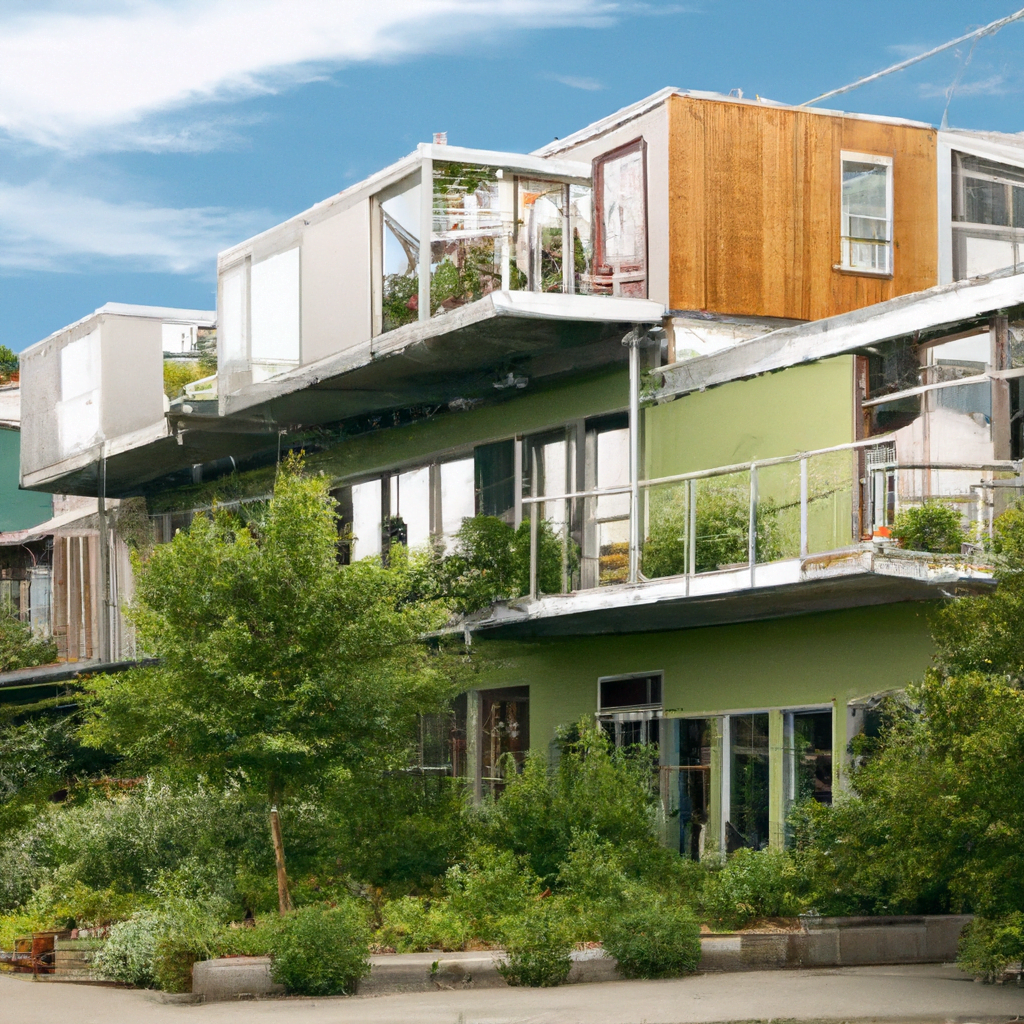
Stakeholder Participation in Developing Affordable Housing
Different stakeholders, from private sector to non-profit organizations, play a vital role in developing affordable housing. Their talents, resources, and influences can be leveraged to create affordable and sustainable solutions.
The Role of Private Sector and Non-Profit Organizations
Partnerships between the private sector and non-profit organizations can result in innovative and cost-effective solutions for affordable housing. Their contributions can range from financial support to design expertise and management capabilities.
Community Participation in Housing Projects
Community participation is fundamental to successful housing projects. Involving the community in the planning and development process ensures their needs and preferences are aptly catered to.
Future Outlook of Affordable Sustainable Housing in Egypt
Affordable sustainable housing will continue to be a priority given Egypt’s growing population, urban migration, and economic challenges. Concerted efforts are required from various stakeholders to address these challenges and drive progress.
Projected Developments in Housing Sector
Future trajectories include a greater emphasis on sustainable design, innovative construction techniques, and inclusive community planning. These factors have the potential to redefine Egypt’s housing landscape, making it more equitable and sustainable.
Impediments and Solutions for Future Progress
Challenges such as financial constraints, policy gaps, and lack of awareness among stakeholders can impede progress. However, these can be mitigated by nurturing collaborations, pushing for conducive policies, and fostering a culture of sustainable living. With the right measures and strategies, the goal of creating sustainable and inclusive communities through affordable housing design is achievable in Egypt.
